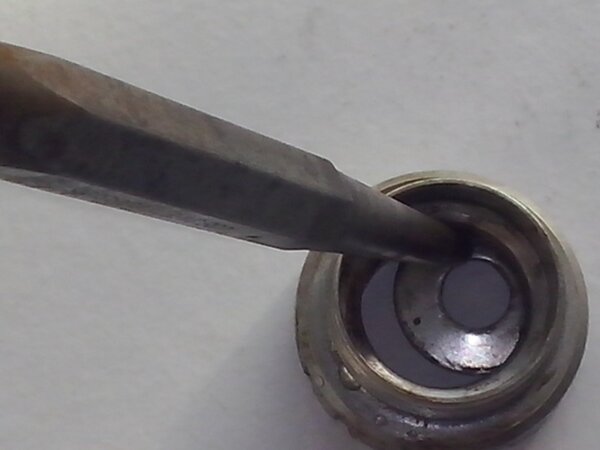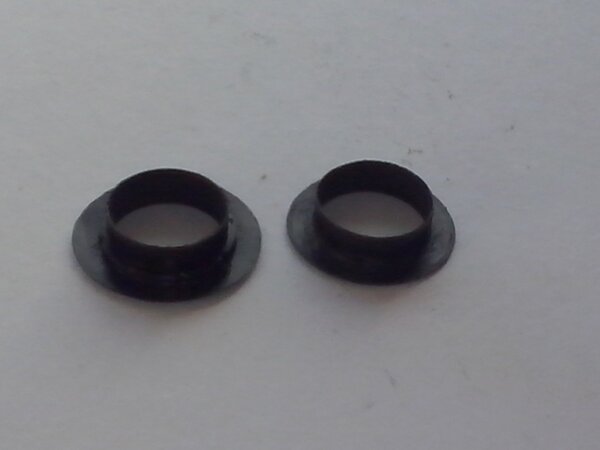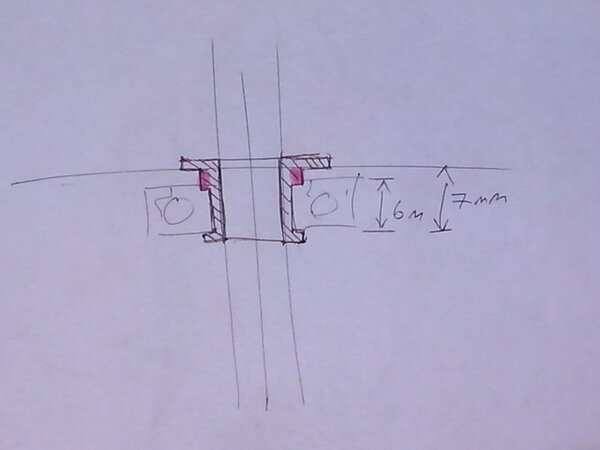Well it says on the BB cups "Do not disassemble" but I aint paying £15 for new cups when I can buy the bearings for £1.
Bearing size: 25 x 37 x 7 mm (6 mm would be easier if you can find them and want to pay more)
Part: 6805. 68052RS. 618052RS. (2RS indicates rubber seals which is strongly recommended)
First remove the plastic seal/cover, you will see photo of this later.
Do this by prising it from insde the bore, not from the top as it can easily snap (no prizes for guessing how I know that)
It has a lip inside that fits over the bearing - more about this later.
Insert medium size flat blade screwdriver behind the bearing, see photo.
Bearing size: 25 x 37 x 7 mm (6 mm would be easier if you can find them and want to pay more)
Part: 6805. 68052RS. 618052RS. (2RS indicates rubber seals which is strongly recommended)
First remove the plastic seal/cover, you will see photo of this later.
Do this by prising it from insde the bore, not from the top as it can easily snap (no prizes for guessing how I know that)
It has a lip inside that fits over the bearing - more about this later.
Insert medium size flat blade screwdriver behind the bearing, see photo.



